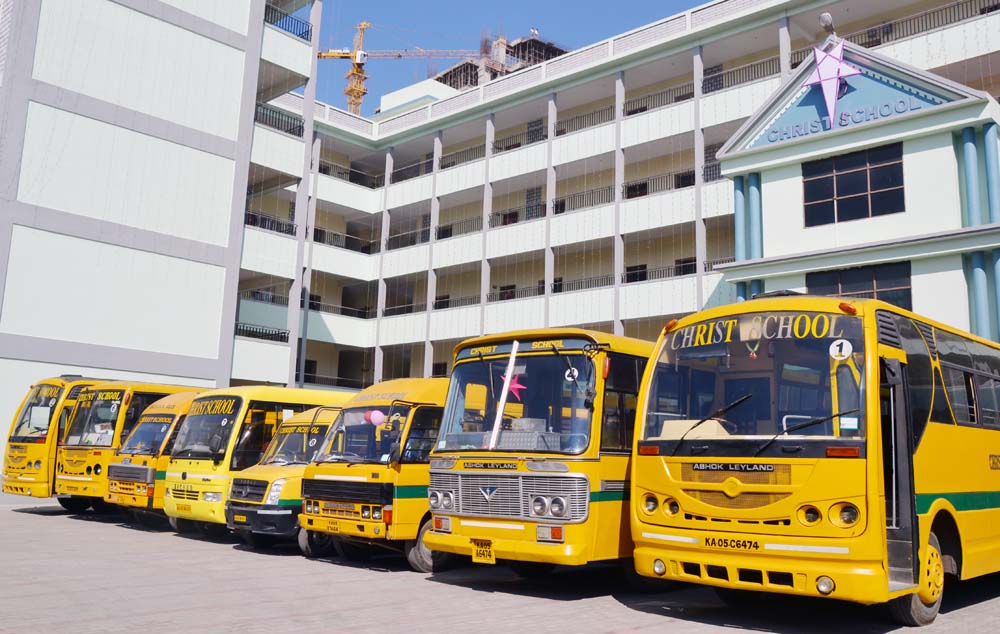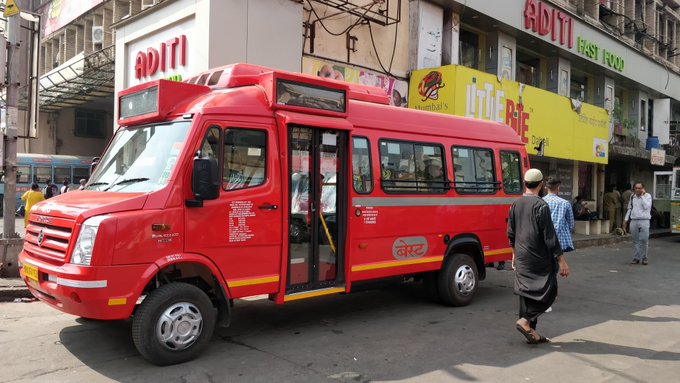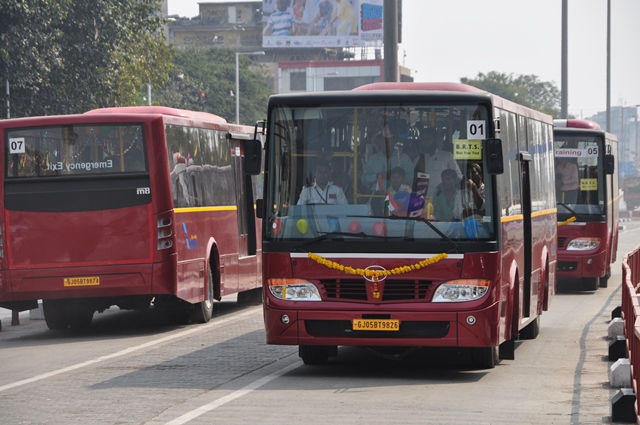Have you ever woken up at 7am during a weekday to all the honking around you on Bangalore’s roads? There is severe congestion, with cars, autos, cabs, BMTC buses, private buses, the dreaded two wheelers and more. But have you ever wondered about what is the real cause of all the traffic congestion? School buses.
Yes, you read that right. It’s the school buses that are the root cause of the traffic jams in the morning. But why is that the case?
A lot of the new schools in Bangalore are located far away from the city. While some are located on main roads, they’re still located in the outer fringes of the city with many of them located in remote hallis around the city. Don’t believe me? Look up the locations of Podar or Kumarans, both of which have numerous branches located far from the city. A decade ago, I did walk up to some of them, and today I can say that not much has changed in terms of connectivity. There are hardly any BMTC buses that go there. The only way to get there if you miss your school bus is to either get your parents to drop you, or to get there by cab. The latter is becoming increasingly difficult due to a scarcity of cabs on Bangalore’s roads.
Now why is this an issue?
The core issue here is that it burns a hole in people’s pockets. What if the school bus is late? Or more importantly, what if the school bus is too expensive. I’ve known many a classmate in my childhood (in Mumbai) who have travelled in a BEST bus for a third of the cost that the school bus charged. At the same time, it builds independence in children from a young age (I started travelling alone in buses at age 9) which is crucial for a child’s self-development. Indian parents tend to shelter their wards for too long, which results in them having troubles adjusting when they leave their homes (yours truly included).
How can this be rectified?
The first step would be to have schools not make it mandatory to use a school bus. While many schools do allow other modes of transport, these are relegated to unlicenced vans and minibuses that generally tend to operate illegally under the Motor Vehicles Act. The next step would logically be to get BMTC to ply more buses to these regions. As BMTC services improve, so will the locality. It’s a simple case of long-term demand and supply. Of course, in the interim, BMTC will have to look at fixing their fleet for it is uncommon to see buses with seats falling off or metal strips protruding out from somewhere.
Back in the day, using public transport was necessary to go from home to tuitions, and more. With integrated courses in schools becoming the norm, it becomes a little redundant. But getting children to take up public transport, is an important thing.
As far as subsidies for students are concerned, BMTC seems to be doing a fairly good job at that. BMTC lists out the rates for its passes, going up to a maximum of ₹1,100 for high school students. Of course, this seems to be for a single route. Back when I was a student, it was roughly ₹1,200 a year for a single route pass and ₹2,800 for an all route pass that was valid on all buses except the AC Volvo fleet.
Apart from this, BMTC also needs to actively work on setting up proper marked bus stops. The city – outside of the core areas – lacks proper bus stops. They’re often junctions or marked by obscure or nondescript boards. Even in core city areas, where bus shelters exist, buses do not stop there. BMTC first needs to enforce discipline. BMTC can even take some inspiration from BEST and induct a fleet of mini-AC buses. BEST’s new fleet has been a hit with passengers, and has already got auto-rickshaws up in arms in Andheri. Given how the auto-rickshaw scene in Bangalore is, the impact here will be much much greater.
What do students currently use apart from institution vehicles?
That’s pretty easy to guess, right? The preferred choice is UberPool and OlaShare. Back in the days when I used to work in Bangalore, pooling/sharing was the only way to get to work (it was initially cheaper than taking three buses to work). Of course, my journeys were often delayed because Google Maps considers Bangalore and Boston to have a similar road structure (more on this later) and would often send me back half way to pick up a student at Christ University only to drop them off a kilometre away at one of the numerous hostels in the vicinity.
Slowly, this gave way to Bounce, a two-wheeler rental service. Residents of the IT city would have noticed their yellow coloured Activas parked outside of many a metro station. Bounce operates using an app – much similar to Yulu and Zoomcar PEDL for cycles – and allows users to park a bike a recognised parking location and end the trip. Then, someone else can pick up the vehicle. So popular is Bounce that several housing societies (including mine) banned users from parking vehicles inside the compound due to strangers coming to pick them up.
However, two-wheelers are dangerous. A 2018 Hindustan Times report said that two wheeler users, especially women, were the most vulnerable on the road in Pune, a city whose traffic discipline (actually lack of), rivals that of Bangalore. Now, do we really want out kids to die on the street so easily? More importantly, despite them being shared vehicles, they’re still adding traffic to the streets. Back in 2013, the ACP of Bangalore Traffic Police, B Dayanand had said that it was two wheelers and not their four wheeled counterparts that were responsible for the city’s constantly rising traffic congestion.
Buses are good, yes please
Buses are a far better way of commuting. They are safer, and less polluting (per user, not per vehicle) and give commuters some peace of mind. After all, the person navigating thru the madness of rush hour isn’t you but an experienced driver. Why not tell our kids to do the same? With over 45,000 students getting admitted to colleges under Bangalore University every year, that’s a huge demographic to be tapped.
This article is the first in a series of articles relating to schoolkids and collegekids.
![]()



